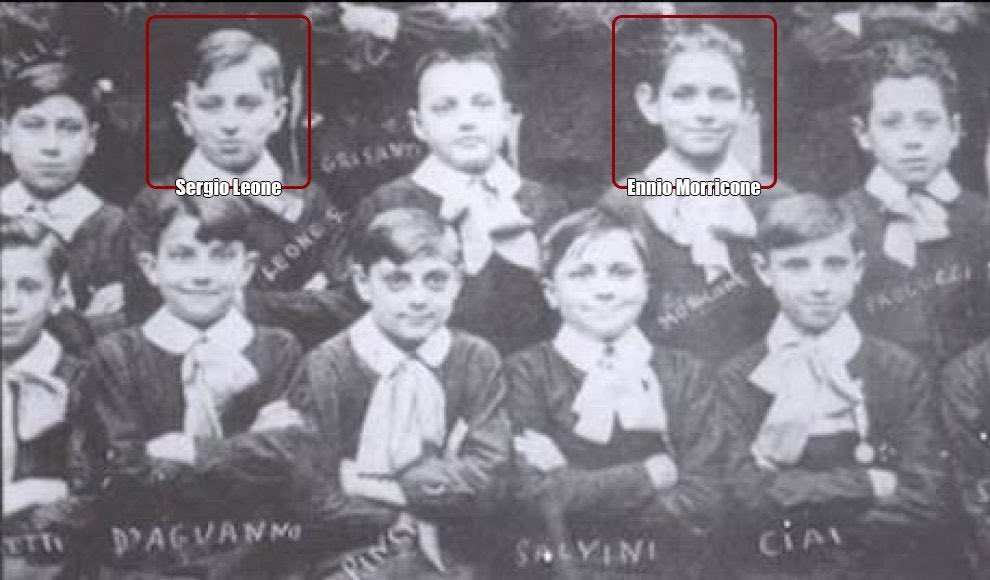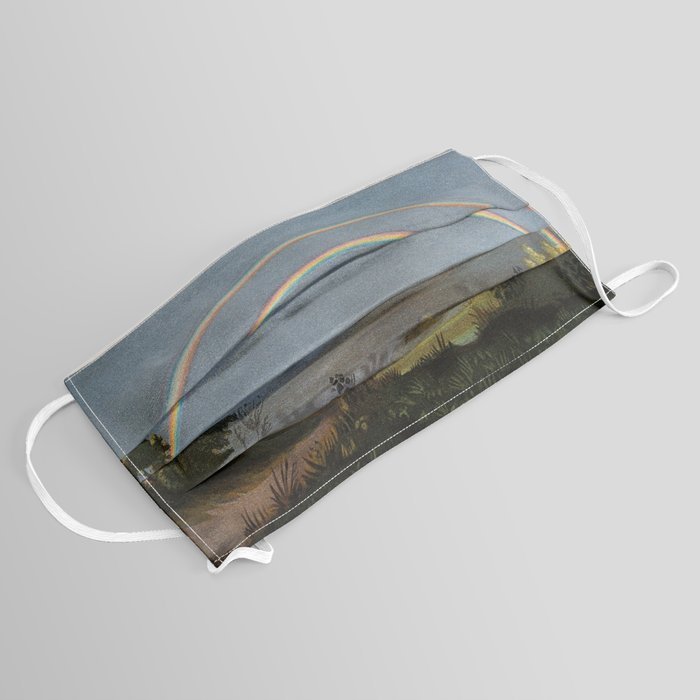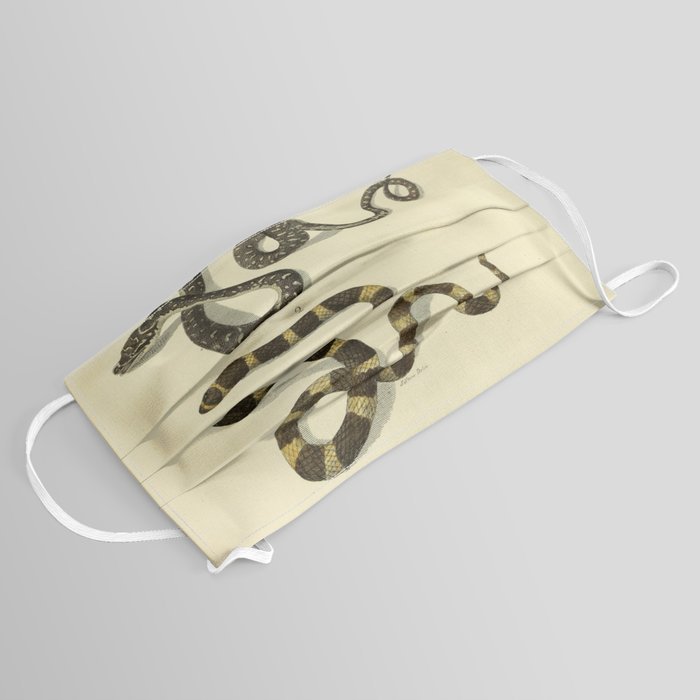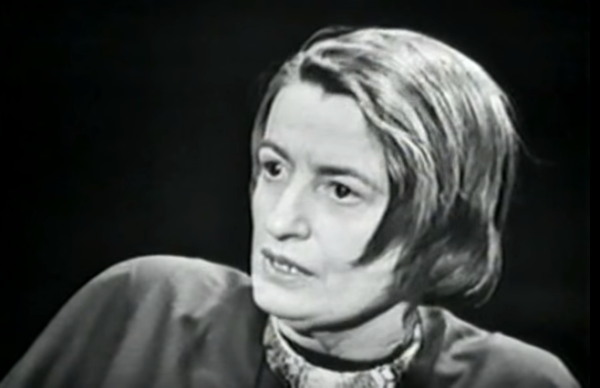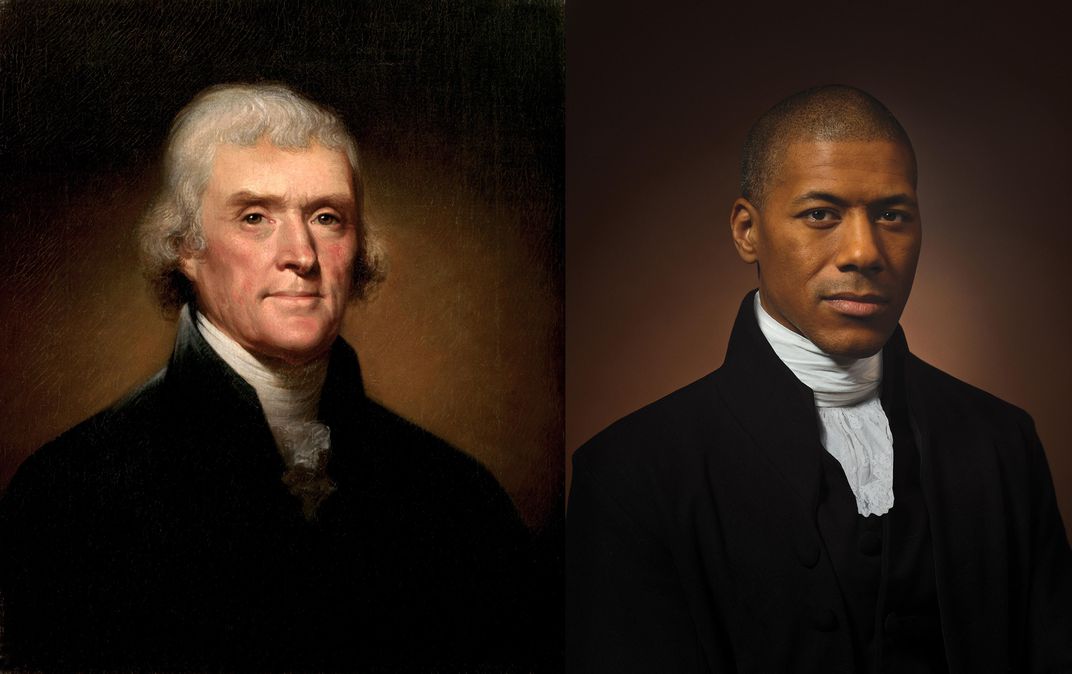The story of the Coronavirus, at least in the US, has swung between a number of rhetorical tics now common to all of our discourse. Called a “hoax,” then given several racist nicknames and dismissed as a “nothing burger,” the pandemic—currently at around 3 million cases in the country, with a U.S. death toll over 130,000—has now become the “new normal,” a phrase that pops up everywhere you look.
“This framing is inviting,” writes Chime Asonye at the World Economic Forum. It conveys “the idea that our present is okay because normal is regular,” and we’re all supposed to be getting back to regular life, according to the powers that be, who don’t seem particularly troubled by the dead, sick, and dying or the continued threat to public health.
But pretending things are normal is simply a form of a denial, a maladaptive and unhealthy response to trauma as much as to disease. “Allowing ourselves to cope means not normalizing our situation,” writes Asonye, “but giving ourselves the time to truly process it.” We are all living in the midst of profound loss—of loved ones, livelihoods, future plans and present joys. Asonye adds:
Psychologists advise that it’s important to identify the losses we are feeling and to honour the grief surrounding us through methods like meditation, communicating our struggle, and expressing ourselves through art or by keeping a journal. In uncertain times, the ‘new normal’ frame reinforces an understanding that the world and our emotions should by now have settled. Surrounded by uncertainty, it’s okay to admit that things are not normal. It’s okay to allow ourselves to grieve or to be scared. It’s okay not to be comfortable with what is going on.
How do we process if we cannot admit that there is a problem—a massive problem that requires our lives to change, even if we’re feeling fatigued and worn out? Though we may have grown cynically accustomed to the callous, corrupt response of certain governments to human suffering, the “overwhelming scale” of the pandemic, as James Beckwith writes on YouTube, marks the coronavirus as decidedly not normal. It may be the kind of catastrophe the world has not witnessed in over a century.
Inspired by artist Isao Hashimoto’s “Time-Lapse Map of Every Nuclear Explosion Since 1945,” which we’ve previously featured here, Beckwith used the same visual presentation to map the over 500,000 lives lost to the virus since the first January outbreak in China. “The virus grows, continuing to work its way throughout the world until the end of June—where this piece ends but the real virus has not,” he writes. “It is likely a sequel will need to be made.” Though he admits the animation “may be upsetting to some people,” Beckwith, like Asonye, recognizes the importance of admitting the full scope.
Watching the virus spread, and kill, over the past six months hits much harder than reading the dry facts. The video is dedicated to “every person that tragically lost their lives to COVID-19.” Beckwith would like it “to be understood and seen by as many people around the world as possible,” so that we can all have a shared understanding of what we’re facing together (and maybe come to an agreement that this cannot be the “new normal”). “Sometimes there are no words for terrible events like this,” Beckwith writes, but he would like help translating the video description into other languages. You can contact him via his YouTube or Instagram channels to volunteer.
Related Content:
Josh Jones is a writer and musician based in Durham, NC. Follow him at @jdmagness
